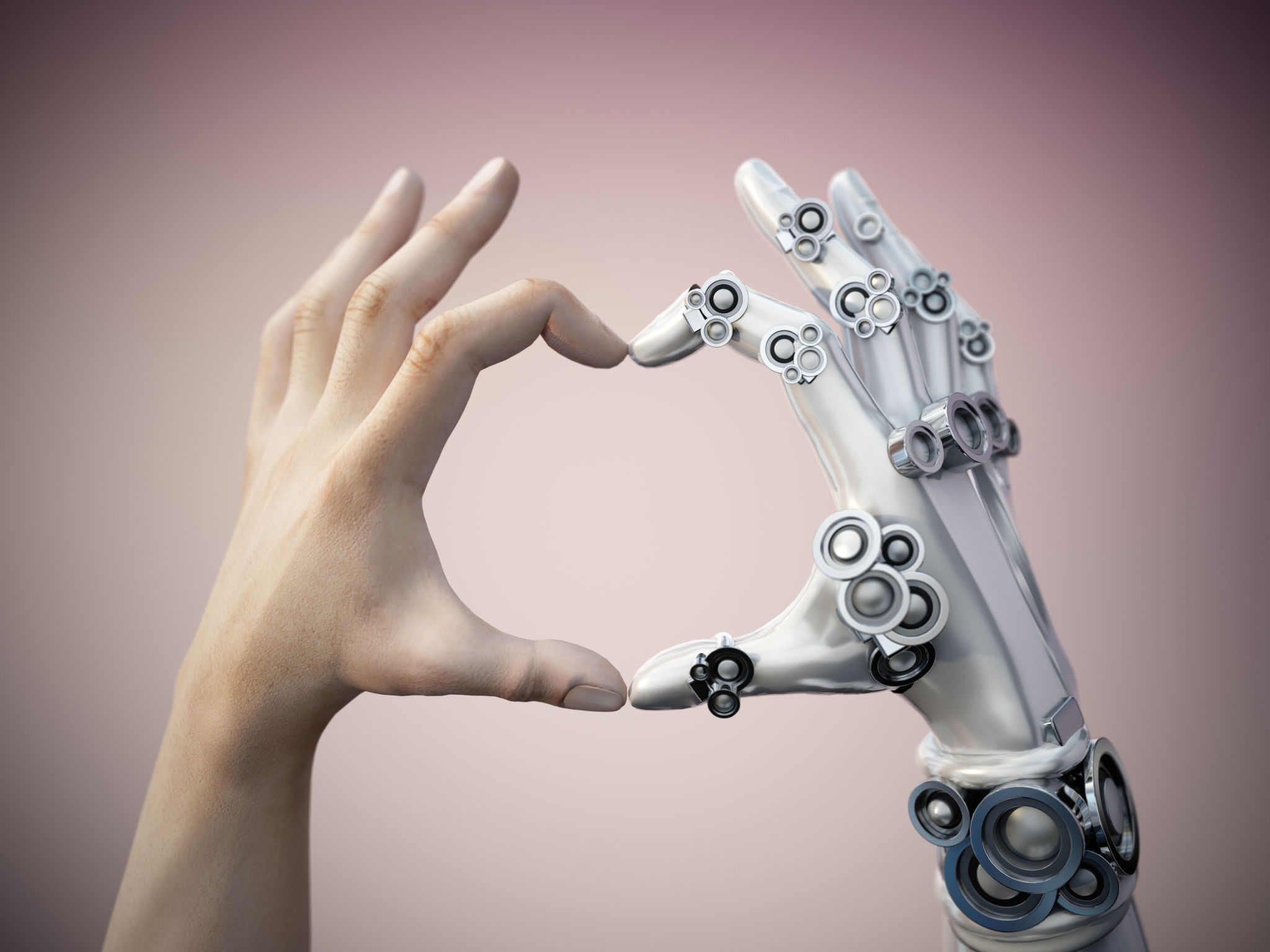Top 5 Myths About 3D Printing for Automation and Robotics Debunked
Unveiling the Truth Behind 3D Printing Myths
The world of automation and robotics is rapidly evolving, and 3D printing plays a pivotal role in this transformation. However, several myths surround the use of 3D printing in these fields, leading to misconceptions. In this post, we aim to debunk the top five myths about 3D printing for automation and robotics.
Myth 1: 3D Printing Is Only for Prototyping
One of the most common myths is that 3D printing is limited to prototyping applications. While it's true that 3D printing excels in creating prototypes quickly and cost-effectively, its capabilities extend far beyond that. Today, 3D printing is used to create end-use parts, tools, and even complex components for automation and robotics applications. The versatility of materials available for 3D printing enables the production of durable and functional components.

Myth 2: 3D Printed Parts Are Not Strong Enough
Another prevalent myth is the belief that 3D printed parts lack strength and durability. In reality, advancements in 3D printing materials and technology have significantly improved the mechanical properties of printed parts. For instance, high-performance polymers and metal powders are now available, producing parts that can withstand rigorous industrial environments. These materials ensure that 3D printed components can meet the demanding needs of automation and robotics.
Moreover, engineers can optimize designs specifically for 3D printing to enhance the strength-to-weight ratio. This optimization often results in parts that are not only strong but also lightweight, which is crucial for robotics applications.
Myth 3: 3D Printing Is Too Slow for Production
The notion that 3D printing is too slow for production is another misconception. While traditional manufacturing methods may be faster for mass production, 3D printing offers distinct advantages in terms of customization and on-demand production. For small to medium-sized batches or highly customized parts, 3D printing can be more efficient than traditional methods.

Additionally, continuous advancements in 3D printing technology, such as multi-laser systems and faster material deposition techniques, are significantly reducing print times. These innovations enable quicker turnaround times for parts used in automation and robotics.
Myth 4: 3D Printing Is Too Expensive
Many believe that implementing 3D printing in automation and robotics is prohibitively expensive. However, when considering the cost savings from reduced material waste, decreased inventory needs, and minimized tooling expenses, 3D printing can be a cost-effective solution. The ability to produce intricate designs without additional costs also adds value by reducing assembly time and complexity.
Furthermore, as the technology becomes more widespread, the costs associated with 3D printing continue to decrease, making it more accessible for companies of all sizes.

Myth 5: 3D Printing Is Not Precise Enough for Robotics
The final myth we address is the misconception that 3D printing lacks the precision required for robotics applications. Contrary to this belief, modern 3D printers are capable of achieving high levels of accuracy and detail. With advancements such as improved resolution and precision-oriented software, 3D printed parts can meet exacting standards necessary for robotic components.
In conclusion, dismissing these myths helps us appreciate the true potential of 3D printing in automation and robotics. As technology advances, it becomes increasingly clear that 3D printing is not just a tool for the future but a vital component of today's manufacturing landscape.